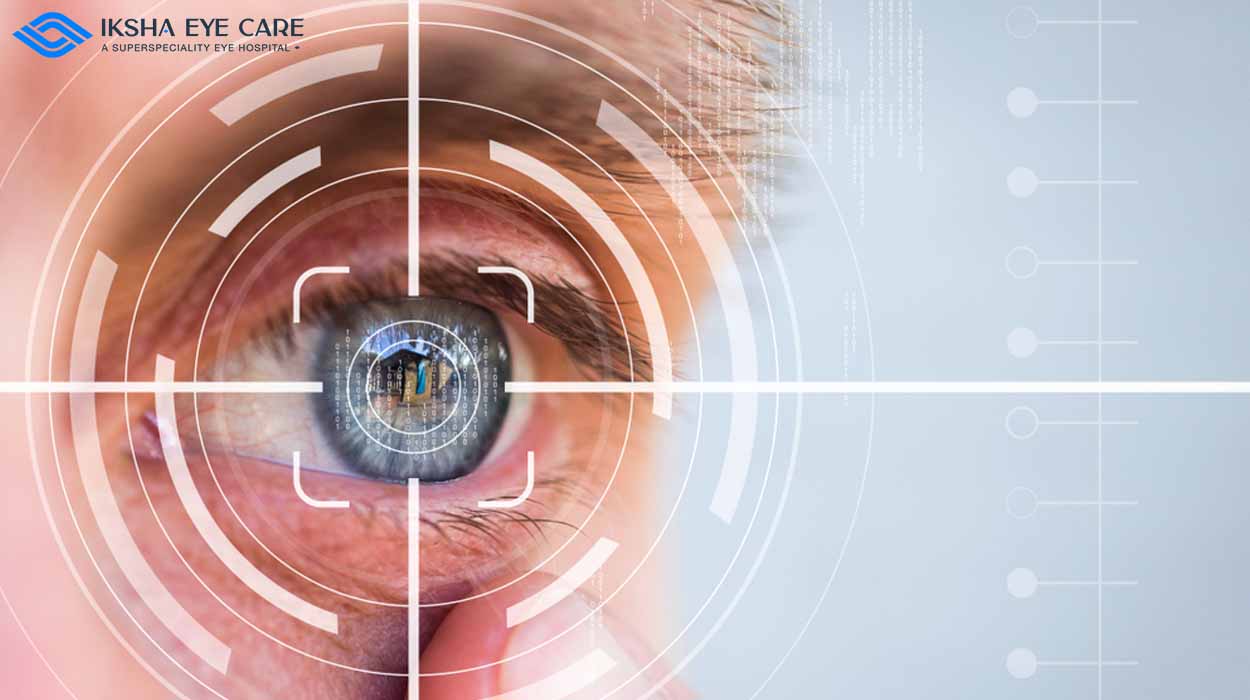Premier Eyecare Near Me: Specialist Vision Services Available
Premier Eyecare Near Me: Specialist Vision Services Available
Blog Article
The Function of Advanced Diagnostic Equipment in Identifying Eye Disorders
In the realm of ophthalmology, the usage of advanced diagnostic tools has changed the very early recognition and administration of different eye disorders. From spotting subtle adjustments in the optic nerve to checking the development of retinal diseases, these innovations play a pivotal duty in improving the accuracy and efficiency of diagnosing ocular conditions. As the need for exact and timely medical diagnoses proceeds to expand, the integration of innovative devices like optical comprehensibility tomography and aesthetic area testing has actually come to be vital in the realm of eye treatment. The complex interplay in between innovation and ophthalmic techniques not only drops light on intricate pathologies yet also opens up doors to tailored therapy techniques.
Significance of Very Early Medical Diagnosis
Early medical diagnosis plays a crucial function in the efficient administration and therapy of eye conditions. By finding eye problems at an early stage, health care service providers can provide proper therapy strategies customized to the details condition, ultimately leading to better results for individuals.

Innovation for Discovering Glaucoma
Advanced diagnostic technologies play an essential function in the early detection and monitoring of glaucoma, a leading root cause of irreversible blindness worldwide. One such technology is optical comprehensibility tomography (OCT), which gives detailed cross-sectional photos of the retina, allowing for the dimension of retinal nerve fiber layer density. This dimension is crucial in analyzing damages triggered by glaucoma. One more sophisticated tool is aesthetic area screening, which maps the level of sensitivity of an individual's aesthetic area, aiding to discover any type of locations of vision loss feature of glaucoma. In addition, tonometry is utilized to determine intraocular pressure, a significant threat factor for glaucoma. This test is critical as raised intraocular stress can lead to optic nerve damages. Newer technologies like the usage of artificial knowledge formulas in examining imaging information are revealing encouraging outcomes in the very early discovery of glaucoma. These innovative analysis tools enable eye doctors to identify glaucoma in its beginning, enabling prompt treatment and better monitoring of the condition to avoid vision loss.
Function of Optical Coherence Tomography

OCT's ability to quantify retinal nerve fiber layer density permits exact and unbiased measurements, helping in the very early discovery of glaucoma also prior to visual area defects end up being noticeable. OCT innovation allows longitudinal surveillance of structural modifications over time, assisting in tailored treatment plans and timely treatments to assist protect people' vision. The non-invasive nature of OCT imaging also makes it a preferred choice for keeping an eye on glaucoma development, as it can be duplicated regularly without causing discomfort to the individual. Generally, OCT plays a critical role in enhancing the analysis accuracy and monitoring of glaucoma, inevitably adding to much better results for individuals at danger of vision loss.
Enhancing Medical Diagnosis With Visual Area Screening
A vital more information element in extensive ophthalmic evaluations, aesthetic area testing plays a crucial role in enhancing the diagnostic process for various eye disorders. By evaluating the full level of an individual's visual field, this examination supplies important information regarding the practical integrity of the whole visual pathway, from the retina to the aesthetic cortex.
Visual area screening is particularly valuable in the medical diagnosis and administration of problems such as glaucoma, optic nerve disorders, and numerous neurological illness that can affect vision. Through measurable dimensions of peripheral and central vision, medical professionals can discover subtle adjustments that may show the existence or development of these conditions, also before noticeable symptoms occur.
Moreover, visual area testing permits the monitoring of therapy efficacy, assisting eye doctors tailor healing interventions to Read Full Report specific people. eyecare near me. By tracking modifications in visual field efficiency in time, doctor can make enlightened choices about changing drugs, recommending medical treatments, or executing various other appropriate procedures to preserve or enhance an individual's aesthetic function
Handling Macular Deterioration

Conclusion
In final thought, advanced analysis devices play an important role in identifying eye problems early on. Technologies such as Optical Comprehensibility Tomography and visual area screening have greatly boosted the accuracy and performance of identifying problems like glaucoma and macular degeneration.
Report this page